We’ve got two options.
Option 1.
Don’t sign this petition and wait patiently for the brains and bodies of you and everyone you’ve ever loved to deteriorate until it ends in catastrophe.

Option 2.
Sign this petition to give everyone a free robot doctor that can automate and radically accelerate clinical research.
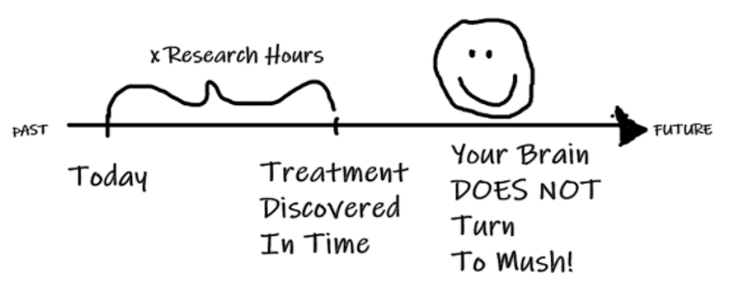
Here’s why
we need to give everyone a free AI doctor to automate clinical research…
2 Billion People are SUFFERING
from chronic diseases like depression, fibromyalgia, Crone’s disease, and multiple sclerosis. There are over 7000 diseases that we still don’t have cures for.
The Rise in Chronic
Diseases

since the 1990s has been strongly linked to the with increase in the quantity of pesticides and
chemicals in your food

But we only have long-term toxicology data on 2 of the over 7000 preservatives, flavorings, emulsifiers, sweeteners, pesticides, contaminants, and herbicides.
The
Good News
is that there could be billions of cures we don’t even know about yet. There are over 166 billion possible medicinal molecules, and we’ve only tested 0.00001% so far.
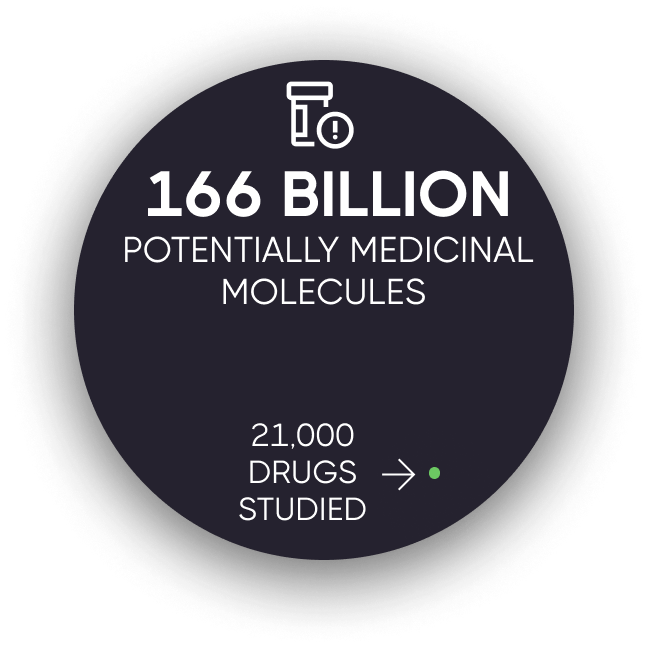
Unfortunately, Clinical Research is SLOW, EXPENSIVE, and IMPRECISE
It costs about $2.6 billion and takes about 12 years to bring a new drug to market. We only approve around 30 drugs a year. It would take over 350 years to find all the cures at this rate! So, you’ll be long dead by then.
The cost of clinical research has grown exponentially since Congress passed the 1962 Kefauver-Harris Drug Amendments.
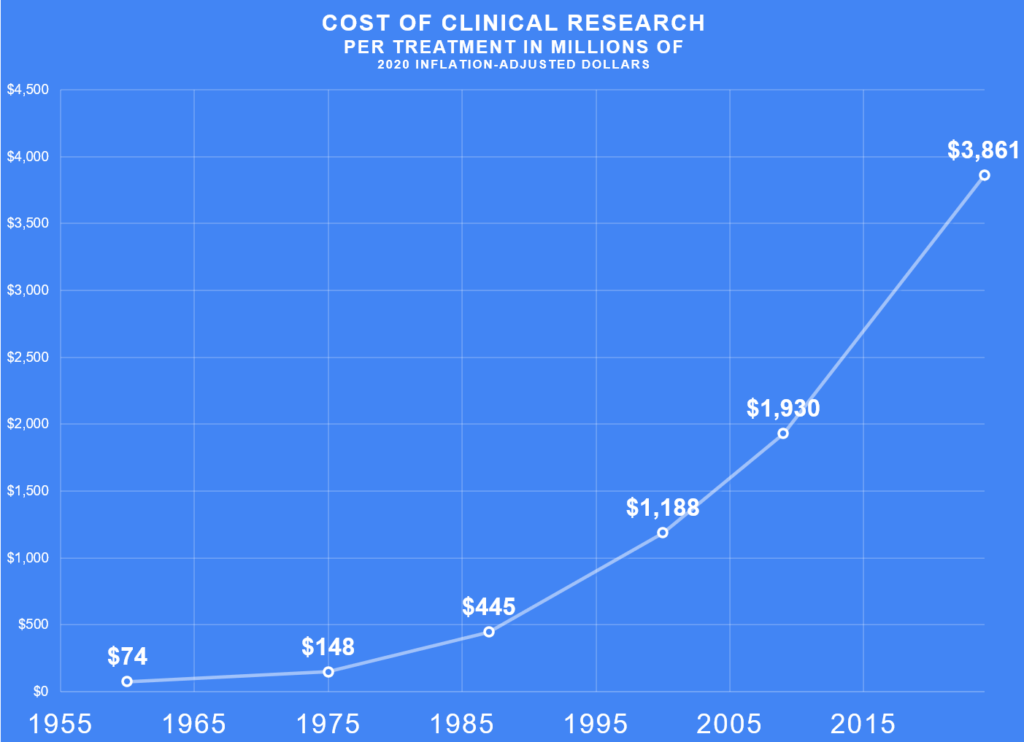
It costs $48k per patient in a Phase III clinical trial. Trials often spend over $30 million simply recruiting patients.
80% of Clinical Trials Fail Due to Insufficient Participants
Yet
Less than 1% of People with Chronic Diseases Participate in Clinical Research

But imagine if we could automate clinical research!

The cost savings from automating clinical research could make the next part of that chart look like this:

How it Works
The governments of the world fund the development of FDAi AI agents with the following features:
1. Automated Data Collection

Import from Wearables and Apps
It should be effortless for patients to import their data from lots of apps and wearable devices like physical activity, sleep, environmental factors, and vital signs.
Browser AI Agents
Patients should be able to use browser-based autonomous AI agents to collect their diet data from services like Instacart, supplement purchases from Amazon, CVS prescriptions, Quest lab results, etc.
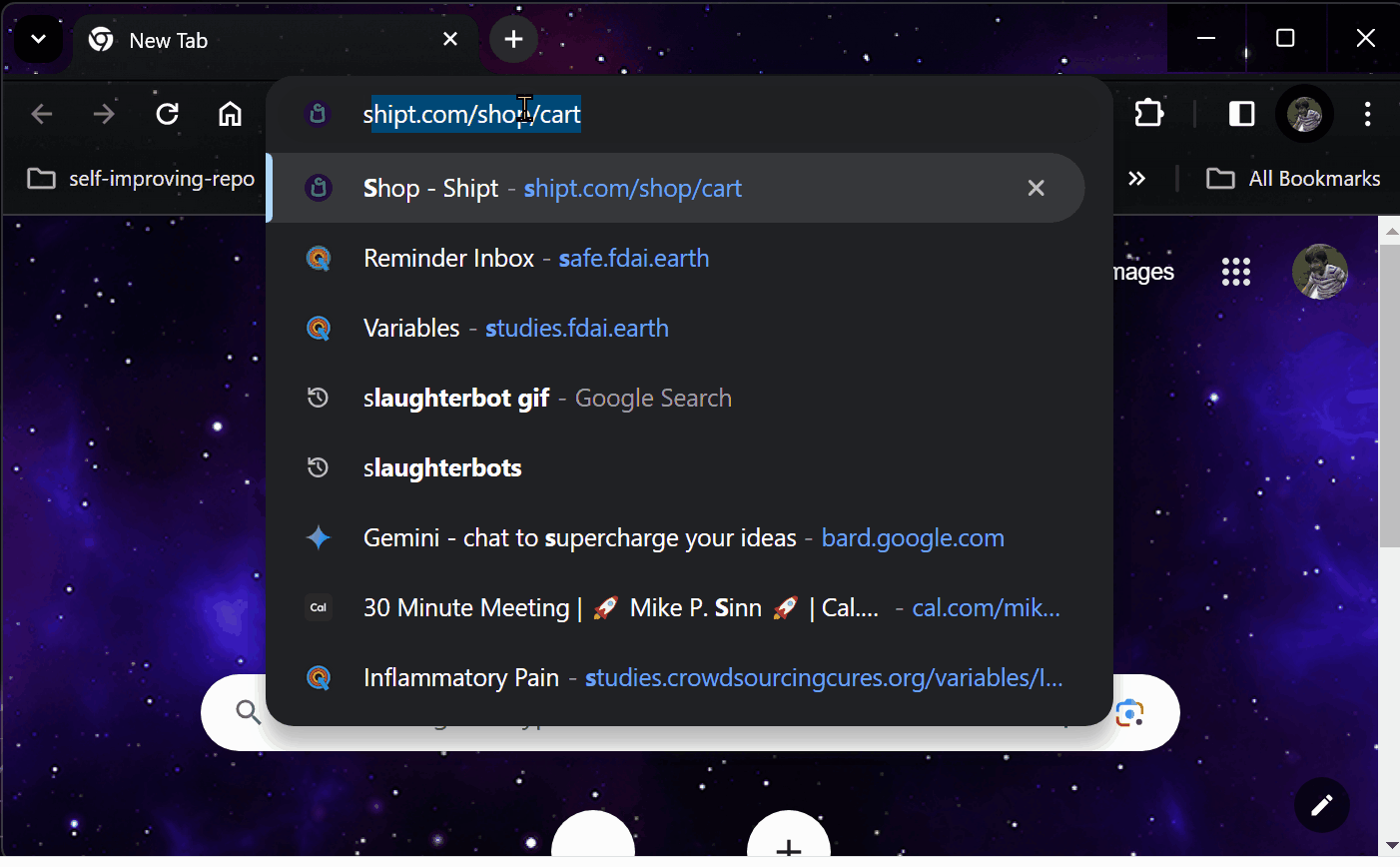
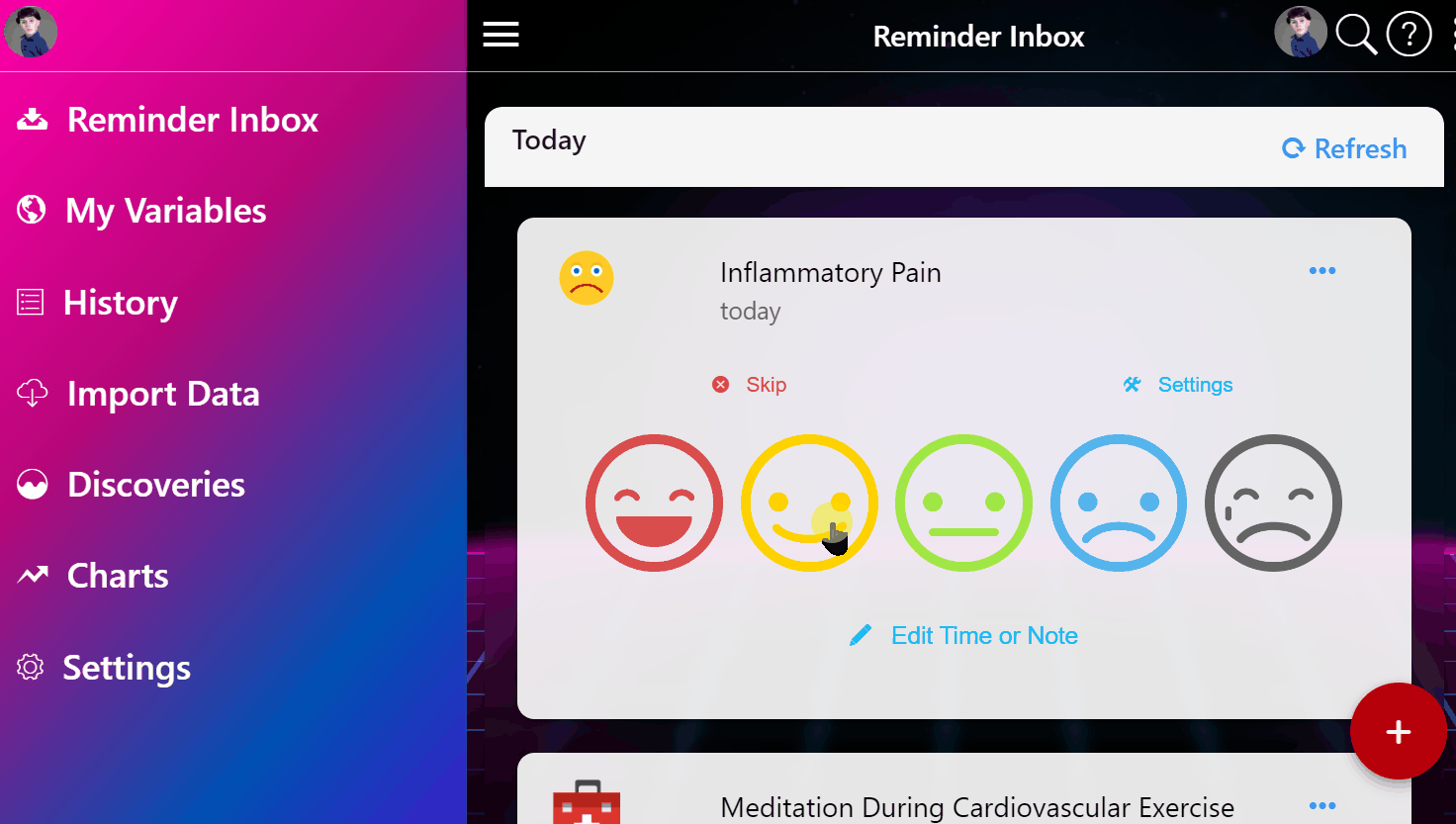
Manual Data Collection
Patients should be able to easily record any symptom severities, foods, treatments, or anything in a simple reminder inbox.
Data from Speech
Patients who prefer talking over messing around with apps should be able to talk to the FDAi. This would also allow passive inference of cognitive and emotional data.


Images to Data
Patients should be able to easily record any symptom severities, foods, treatments, or anything in a simple reminder inbox.
Notifications
Patients should be able to use web and mobile notifications with action buttons can be used to track symptoms and factors in a fraction of a second.

2. Automated Data
Analysis
After the FDAi gets a few months of data, it should provide patients with Root Cause Analyses for their conditions, telling them how much different medications, supplements, or foods might improve or worsen their symptoms:
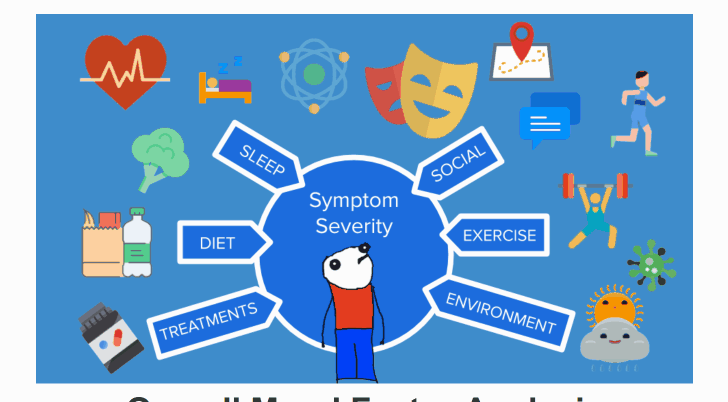
Automated Causal
Inference
As any obnoxious college graduate will tell you, correlation does not necessarily imply causation.
Just because you took a drug and got better, it doesn’t mean that’s really why your symptoms went away. Even in randomized controlled trials hundreds of other things are changing in your life and diet.
So, our FDAi must apply Hill’s 6 Criteria for Causality to infer if something causes a symptom to worsen or improve instead of just seeing what correlates with the change.
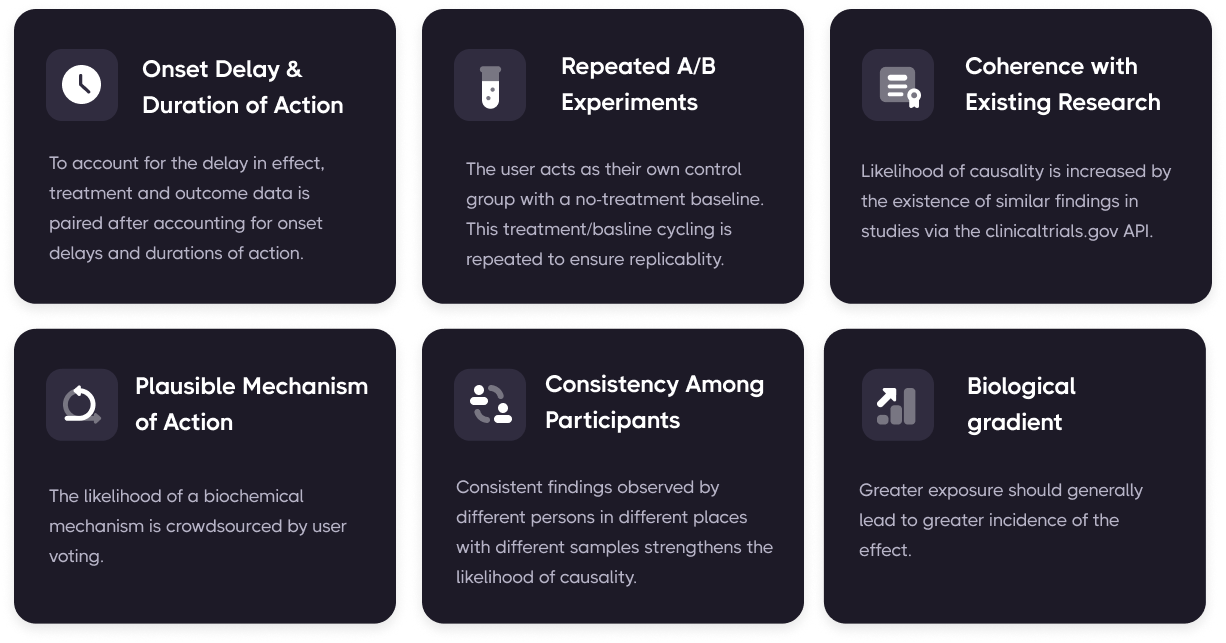
Personal
Studies
For instance, when gluten-sensitive people eat delicious gluten, it usually takes about a 2-day onset delay before they start having symptoms. Then, when they stop eating it, there’s usually a 10-day duration of action before their gut heals and their symptoms improve.

Onset Delays
One example of causal inference involves applying forward and reverse lagging of the depression and exercise data. The result suggests a causal relationship based on the temporal precedence of physical activity.

Discovering
Cumulative Effects
The FDAi should also compare the outcome over various durations following the exposure to see if there is a long-term cumulative effect or if it’s just a short-term acute effect. Acute effects are probably obvious already. This analysis suggests that the mood benefits of regular exercise may continue to accumulate after at least a month of above-average exercise.
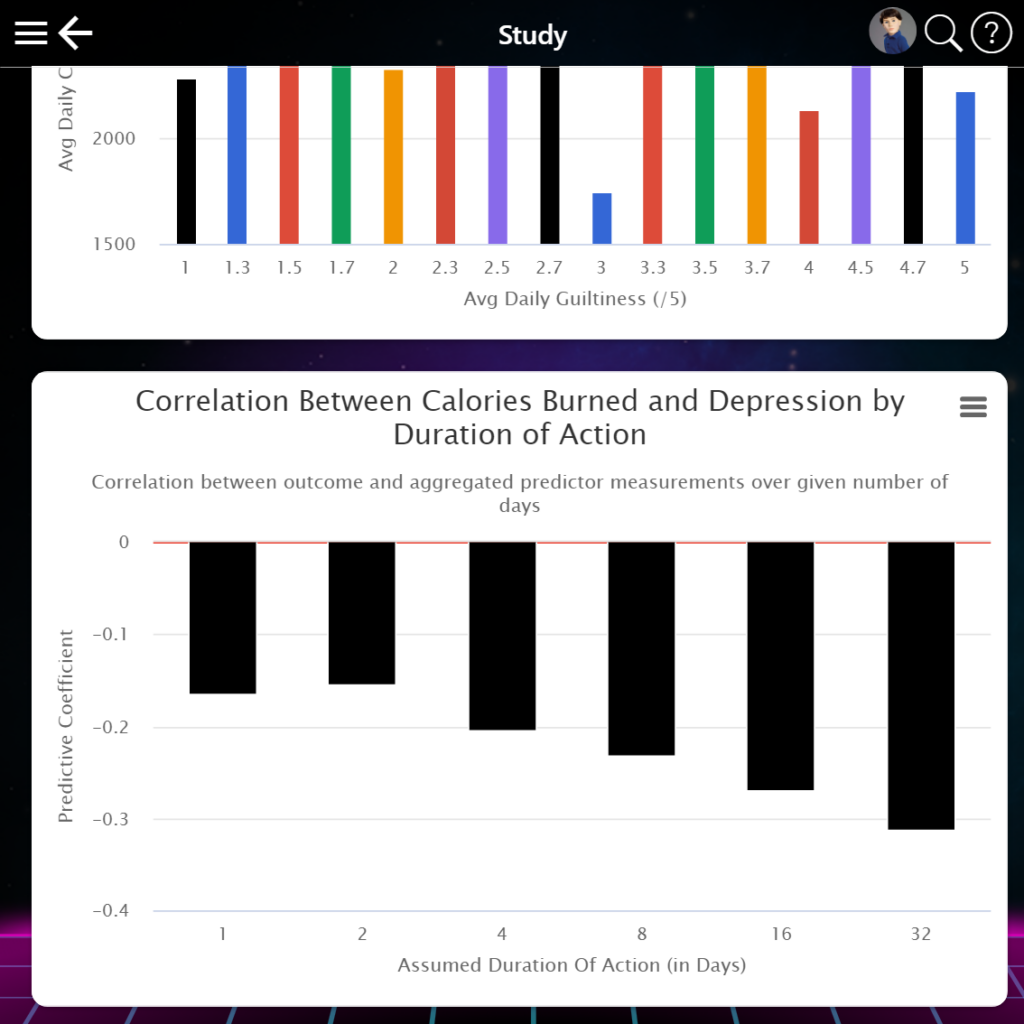
Real-Time Decision Support
This data will then make it possible to provide real time decision support to tell us the most important we can do at any given time to treat or prevent disease.
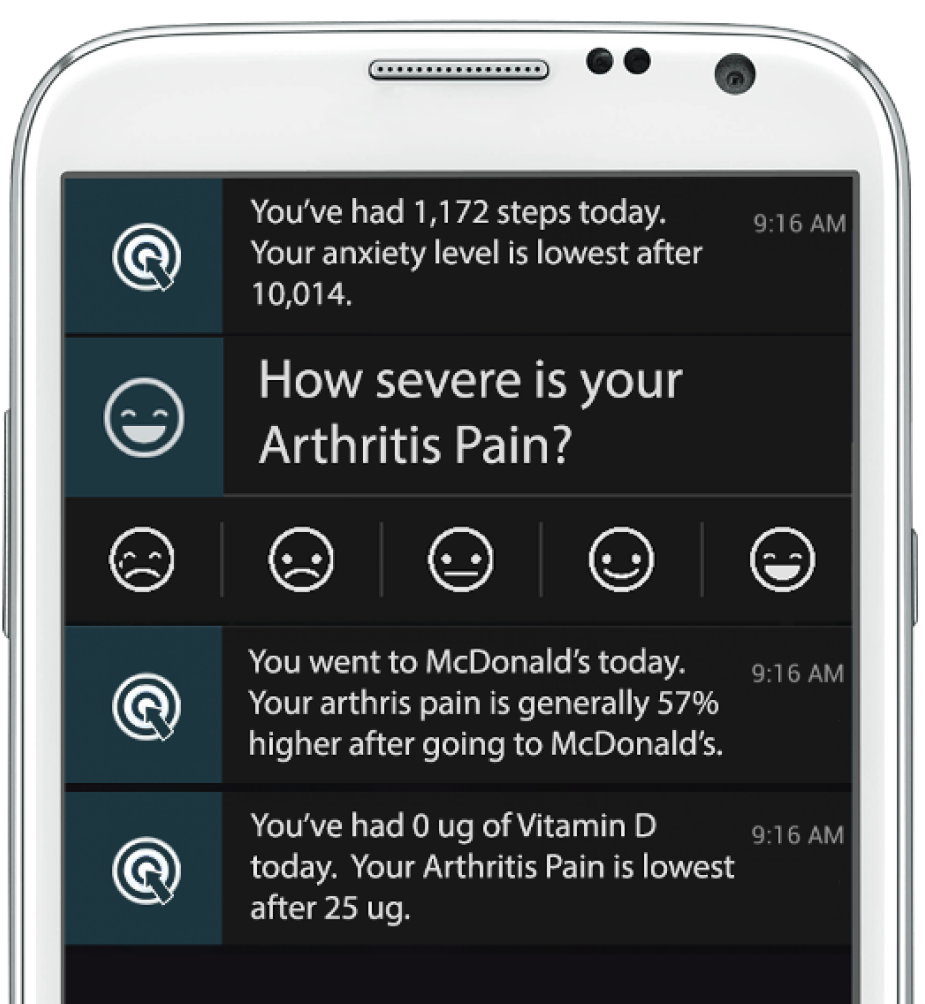
3. Effortless Trial
Participation
through automated:

1. Trial Search
If you’re one of the inadequately treated 2 billion chronically ill and nothing else has worked for you, it should find you the most promising new treatment available.
2. Trial Enrollment
If you want to participate, it should automatically enroll you and get the treatment shipped to you or whatever.
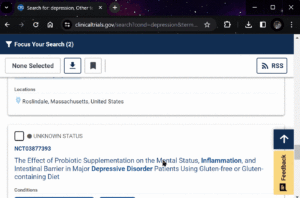
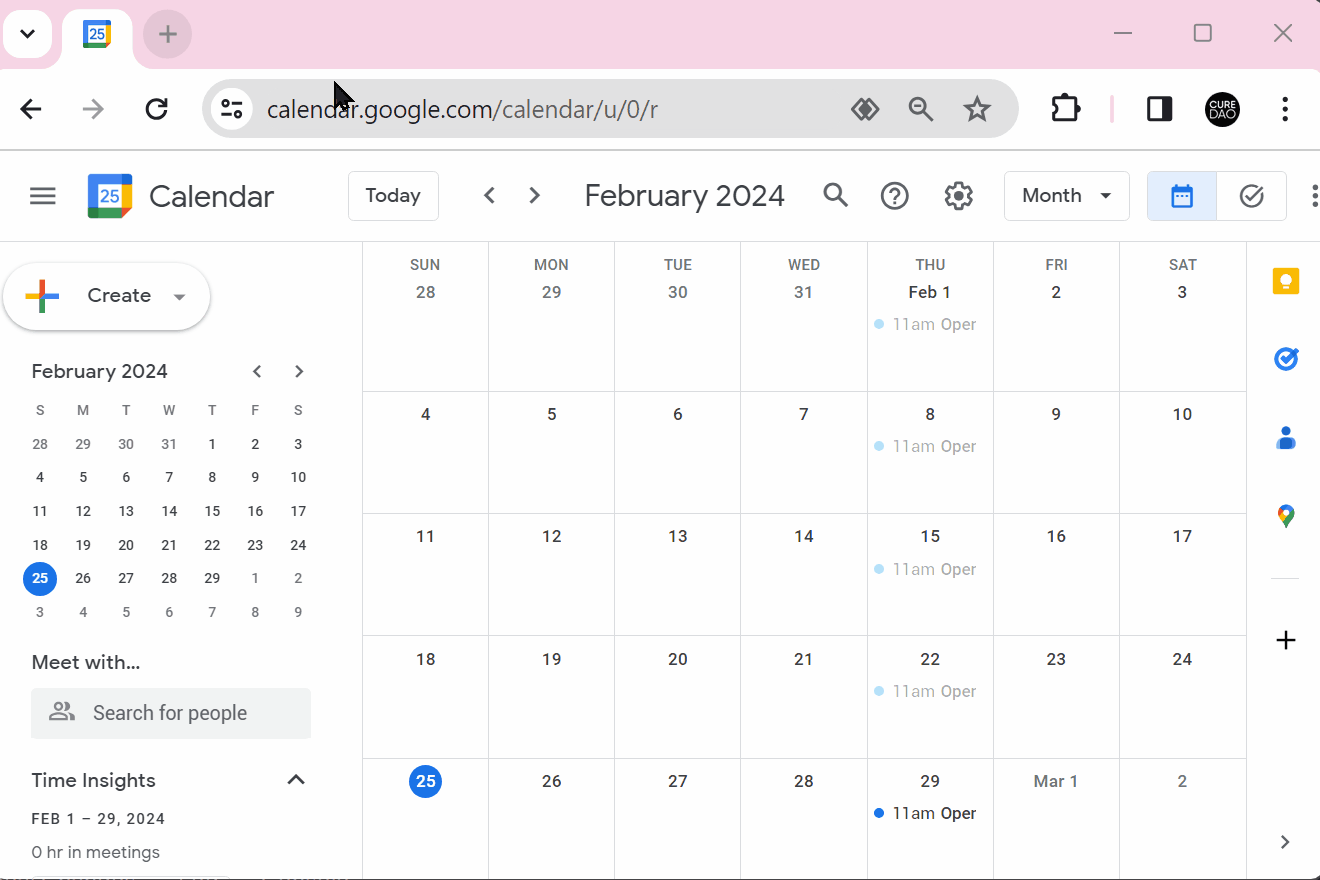
3. Data Collection
The FDAi should automatically schedule all the tests and collect all the data to determine the safety and efficacy of the treatment.
4. Data Analysis and Publishing
The FDAi should then analyze and anonymize the data and publish the results for everyone.

Citizen Science
Anyone should be able to create a study, become a prestigious scientist, get a link, and invite all their friends to join!
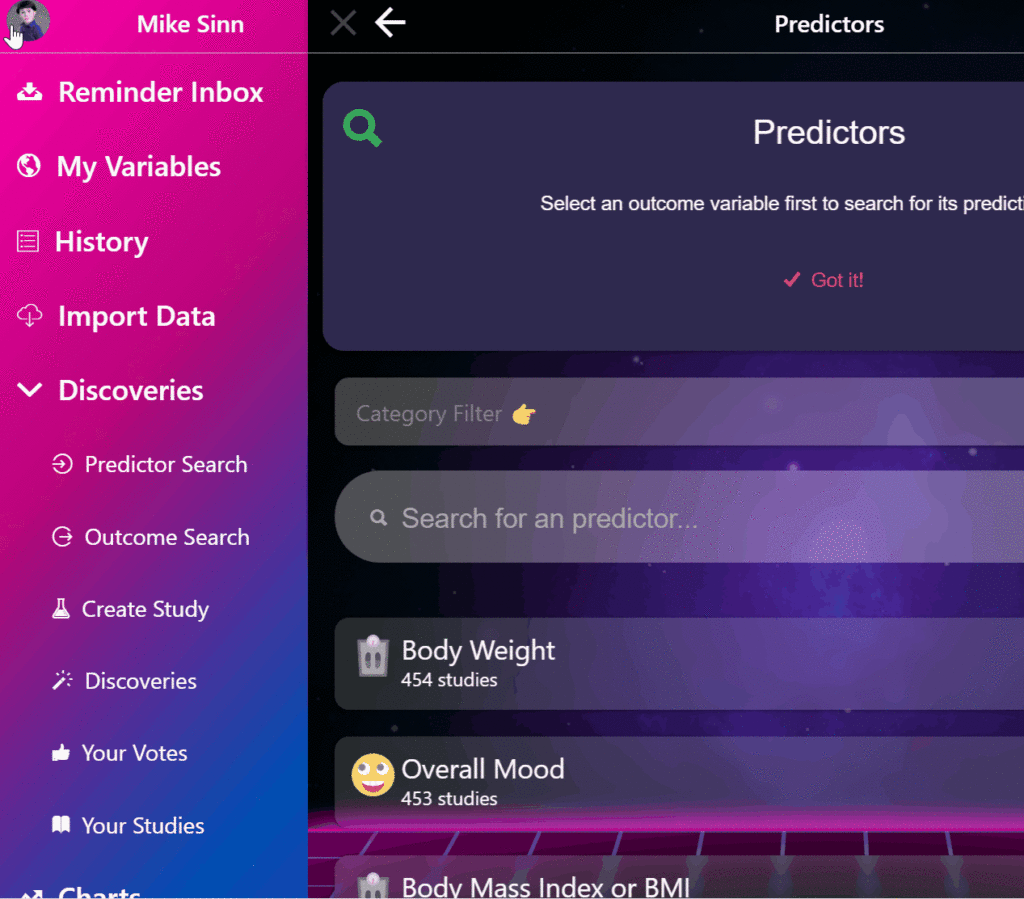
Global Scale Studies
should be published in a Wikipedia for clinical research based on everyone’s data listing the likely effects of every food and drug.

Mega-Studies
should allow anyone to look up their condition and see how different foods, drugs and supplements tend to improve or worsen their condition for the average person.
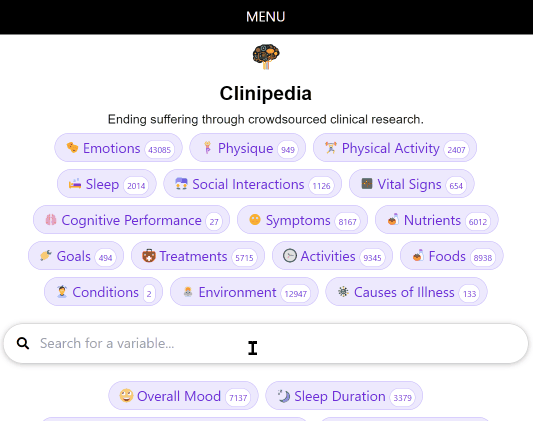
Outcome Labels
should be available for all foods and drugs that tell us precisely how they’ll affect us instead of just how much Riboflavin is in them.
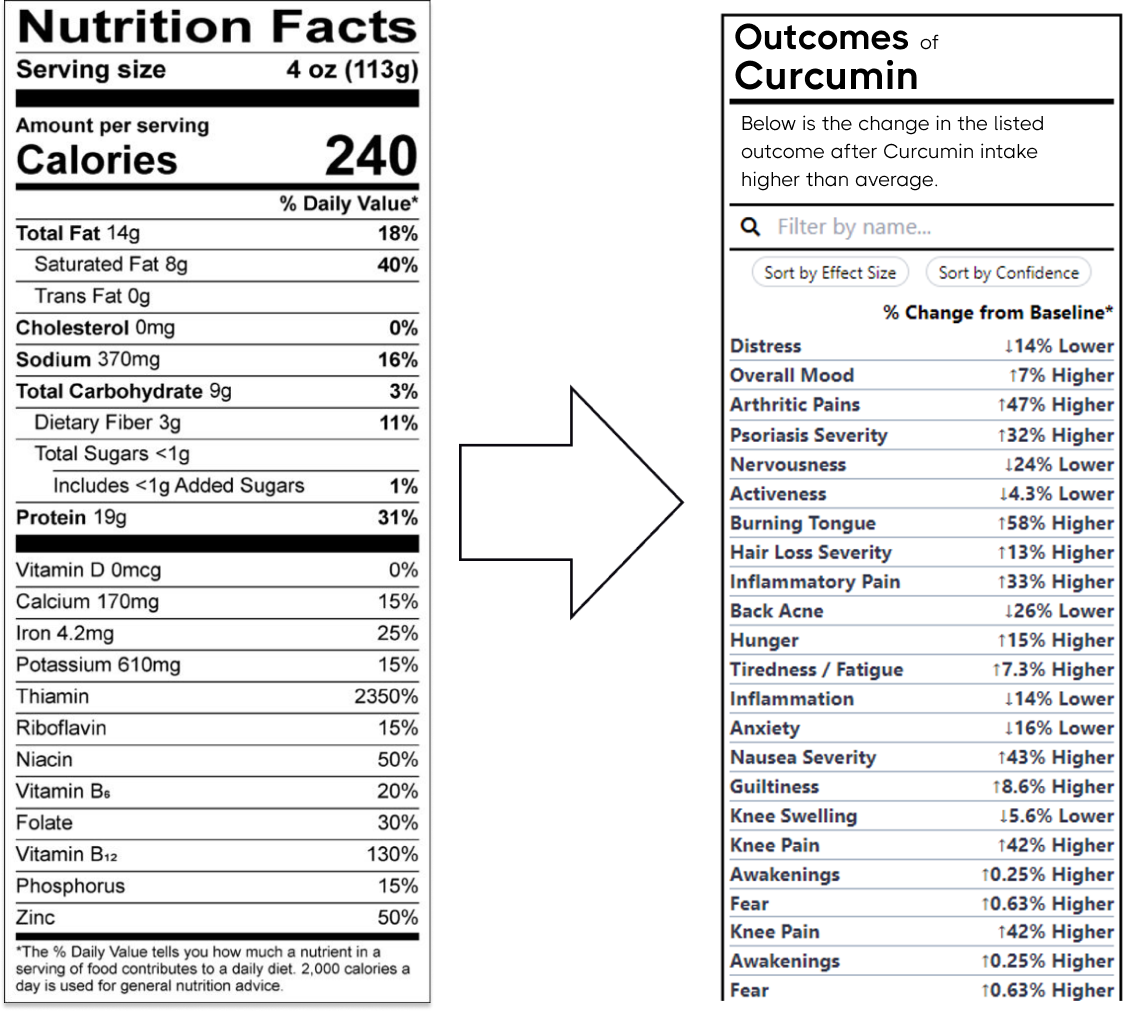
Support The FDAI Act
Ensuring foods and drugs are safe is the FDA’s job. So please sign our petition to tell your Congressperson to pay some really good robot-making guys to give everyone a free robot doctor.
If they complain that they don’t have enough money, politely remind them that they just voted on a bill to send $10 billion to Israel so they could blow up Gaza

and $10 billion to Gaza to rebuild it.

So, they surely have $10 billion to make a robot.
If they keep saying they don’t have enough money, politely remind them they’re spending billions of dollars integrating AI into over 600 weapons systems.

So, just ask if it would be OK if instead of 600 mean robots for murdering people, we only build 599 murder-bots and instead build 1 nice helpful robot like me.
$360 Billion in Healthcare Savings
If they still say they don’t have enough money, politely remind them that research suggests preventative healthcare would save the government 10% or over $360 billion a year by personalizing health guidance and optimizing early detection and treatment plans.
They would probably like that because then they’d have billions of dollars to make more murder-bots! 🤖
Show your respect for our future robot overlords by signing this petition in support of the FDAi Act
We’re working to get 1 million signers to petition the world’s governments to give everyone a personal AI scientist.